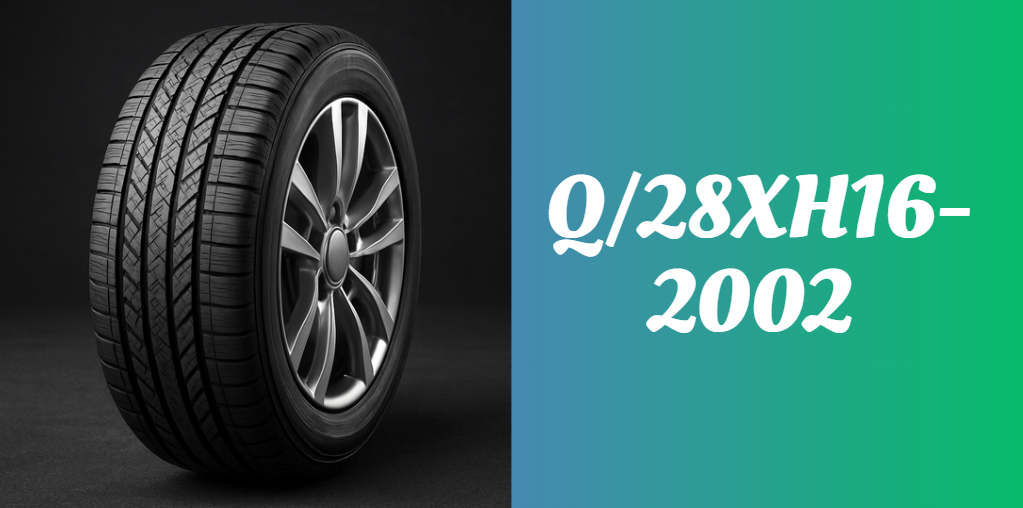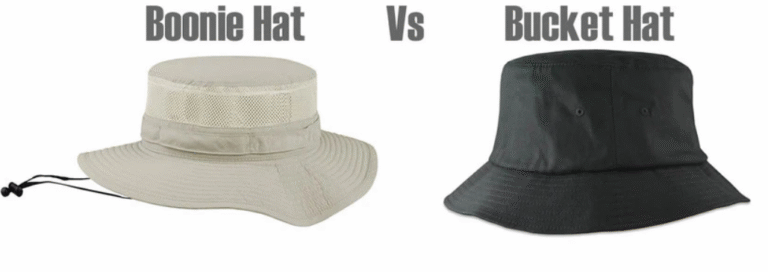Q/28XH16-2002 Tire Specification Guide: Complete Explanation, Uses & Benefits
When it comes to tire manufacturing and automotive safety, specifications play a critical role. One such designation, q/28xh16-2002, has gained recognition in the tire industry for its precise definition of tire standards.
This code is more than a random string of characters; it represents key information about a tire’s capabilities, structure, and suitability for specific vehicles. Whether you’re a vehicle owner, tire retailer, or manufacturer, understanding q/28xh16-2002 is essential to making informed decisions.
The main purpose behind this specification is to establish a standardized reference for tire design, ensuring that tires meet certain levels of performance, safety, and durability.
Decoding the Q/28XH16-2002 Designation
To fully grasp what q/28xh16-2002 stands for, we need to break it down into three distinct components:
The “Q” Code
The letter Q in tire terminology is used to indicate a speed rating. This rating informs users of the maximum speed the tire can safely support under optimal conditions. For Q-rated tires, the maximum recommended speed is 160 km/h (99 mph). This makes q/28xh16-2002 suitable for light-duty vehicles and situations where high-speed performance is not the primary requirement.
The “28XH16” Section
This section of the code typically conveys size and construction details:
| Code Segment | Interpretation |
|---|---|
| 28 | Could indicate tire width |
| XH | Often denotes tread or structure |
| 16 | Indicates rim diameter in inches |
Note that the exact interpretation may vary slightly depending on the manufacturer’s system, but the essence is consistent: tire size and fitment.
The “2002” Ending
The number 2002 represents the year of standardization. It shows that this specific specification was introduced or officially recognized in the year 2002. This not only gives the specification historical context but also indicates how long it has been in use within the industry.
Technical Specifications of Q/28XH16-2002
Understanding the technical side of q/28xh16-2002 is crucial for assessing its performance.
Material Composition
Most tires built under this specification use silica-enhanced rubber compounds. These materials provide better wet grip and reduced rolling resistance. The sidewalls and belts are reinforced using steel and polyester, enhancing durability.
Tread Design and Patterns
Tires designed with q/28xh16-2002 typically have:
- Deep grooves for water dispersion
- Zig-zag tread patterns for all-season traction
- Reinforced shoulder blocks for cornering stability
Load and Speed Capacities
| Feature | Specification |
|---|---|
| Speed Rating | Q (up to 160 km/h) |
| Load Index | Varies (commonly 85–100 range) |
| Inflation Max | Typically up to 44 PSI |
These figures ensure the tire can handle a moderate load while maintaining structural integrity at mid-range speeds.
Manufacturing Standards
Tires with the q/28xh16-2002 label must comply with rigorous quality control processes.
Quality Control Measures
Manufacturers perform multiple checks, including:
- Uniformity testing
- Bead seating inspection
- X-ray analysis for internal defects
Environmental Considerations
In recent years, efforts have been made to make q/28xh16-2002-compliant tires more eco-friendly by:
- Using recycled rubber materials
- Reducing carbon black content
- Promoting end-of-life tire recycling
Applications and Use Cases
The q/28xh16-2002 tire specification is suitable for a wide range of vehicles and driving conditions.
Vehicle Compatibility
These tires are most commonly used on:
- Compact sedans
- Light-duty SUVs
- Pickup trucks with limited speed needs
Driving Environments
Thanks to their balanced design, q/28xh16-2002 tires perform well in:
- Urban settings with stop-and-go traffic
- Mild off-road terrain
- Wet or moderately icy roads (if fitted with appropriate tread)
Maintenance and Safety Guidelines
Ensuring the long life of a tire involves regular maintenance, especially for standardized models like q/28xh16-2002.
Installation Best Practices
Proper installation is crucial:
- Always balance the tires during mounting
- Ensure the correct rim size is used
- Use a calibrated torque wrench for lug nuts
Inspection and Replacement
Keep an eye on:
- Tread depth (should not go below 2/32 inch)
- Sidewall cracks or bulges
- Uneven wear, which could indicate alignment issues
Most q/28xh16-2002 tires are recommended for replacement every 5–6 years, even if the tread appears sufficient.
Comparing Q/28XH16-2002 to Other Specifications
Let’s look at how q/28xh16-2002 compares with similar specs:
| Feature | Q/28XH16-2002 | 91H Spec Tires | All-Terrain Tires |
|---|---|---|---|
| Speed Rating | Q (160 km/h) | H (210 km/h) | Varies |
| Typical Vehicle Use | City driving | Highway | Off-road |
| Cost | Affordable | Moderate | Expensive |
Q/28XH16-2002 may not offer high-speed capabilities, but it excels in cost-effectiveness, safety, and longevity.
Regulatory and Compliance Information
To meet global standards, q/28xh16-2002 tires must pass tests conducted by:
- GB/T (China’s national standards authority)
- ECE (Economic Commission for Europe)
- DOT (U.S. Department of Transportation)
Failure to comply with regulations may result in fines or vehicle disqualification during inspection, especially in commercial transport.
Future of Q/28XH16-2002 and Tire Innovation
The future looks promising for the q/28xh16-2002 standard, particularly with ongoing R&D.
Innovations on the Horizon
- Smart tire sensors that monitor pressure and tread depth in real time
- Eco-resin compounds for even greater environmental friendliness
- Self-sealing tires for minor puncture resistance
As automotive trends evolve, we can expect q/28xh16-2002 to be updated with newer guidelines that incorporate these advancements.
Conclusion
The q/28xh16-2002 tire specification stands as a reliable, standardized marker of quality and safety in the automotive industry. By decoding its components, understanding its technical design, and adhering to its maintenance standards, vehicle owners can ensure long-term performance and cost-efficiency.
Whether you’re shopping for tires or conducting industry-level research, knowing what q/28xh16-2002 entails empowers you to make better decisions. As technology continues to push tire innovation forward, this specification will likely evolve — but its core focus on reliability and safety remains unchanged.
Recommended Articles
Competitive Edge: The Serpent Rogue – Full Breakdown of Gameplay and Features
GVF90433S Gama Hot Water Heater Specs: Complete Guide to Features, Performance & Installation
GetWhoCares.com for Gamers: The Ultimate Online Hub for Every Type of Player
What Is the 4S0101 Chip? Full Guide, Features, Applications & Benefits




